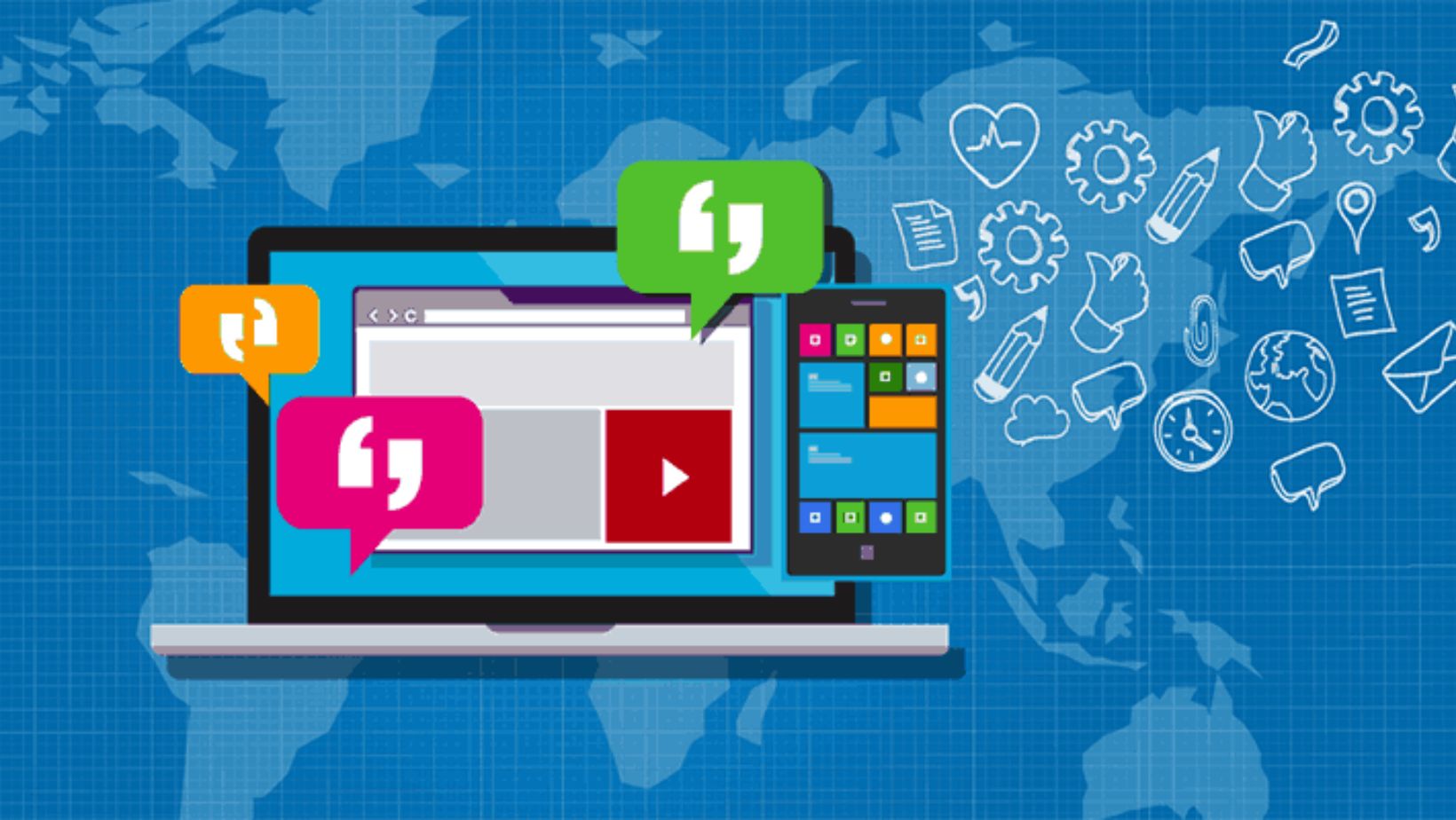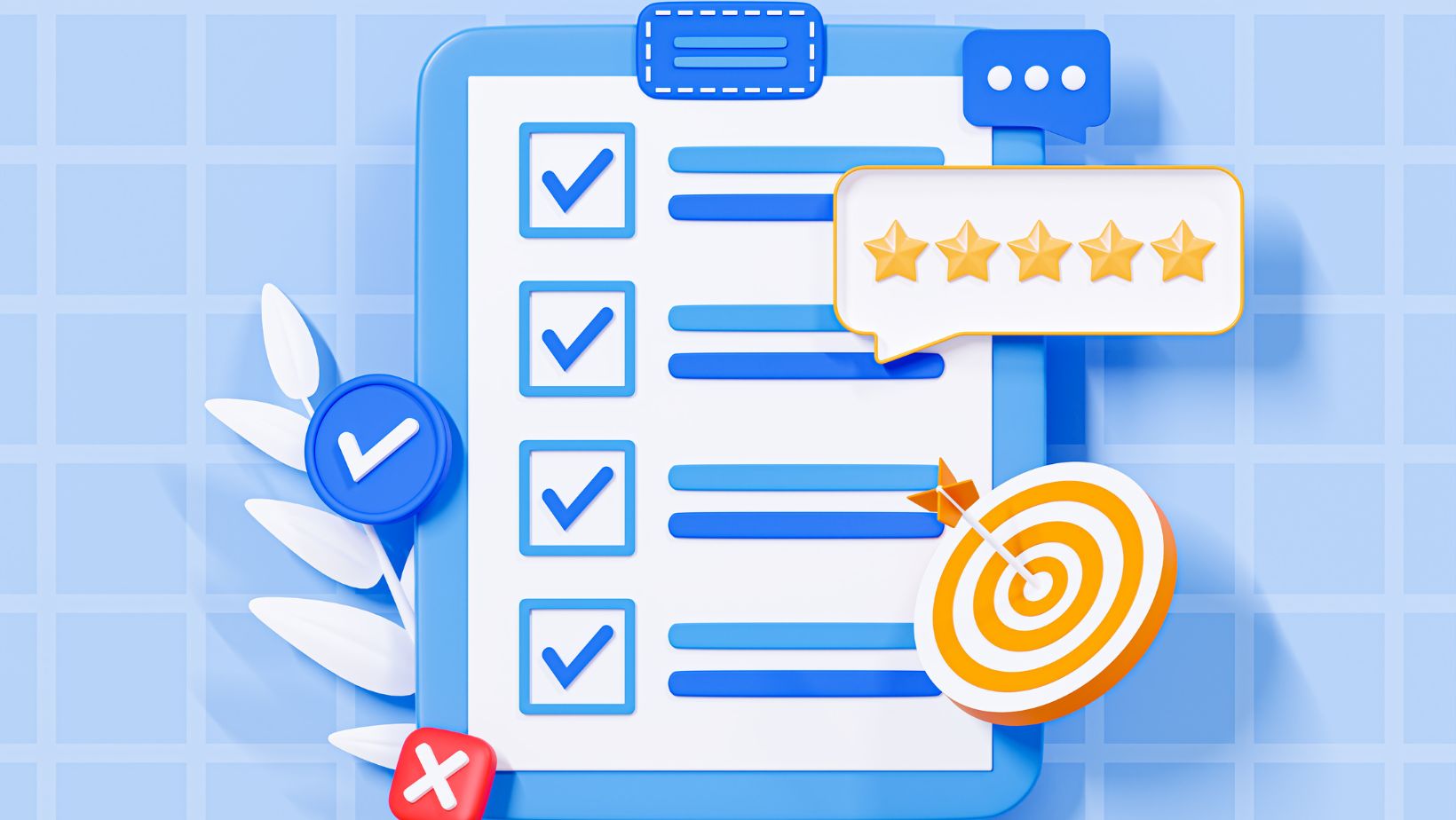
In the ever-evolving landscape of modern business, where digital interactions have become the norm, the concept of the custom customer portal emerges as a pivotal paradigm shift. This article explores the realms of the custom portal, unraveling its significance, dissecting its features, weighing its pros and cons, spotlighting market leaders, illuminating the creation process, envisioning avenues for innovation, and peering into the horizon of its future.
Table of Contents
ToggleThe Concept of The Custom Customer Portal
The bespoke customer portal serves as a virtual gateway at its core, providing clients with a tailored and secure online platform through which they may interact with companies. It redefines how businesses connect with their customers by bringing together technology and customer-centricity. The bespoke portal is not simply a tool. As we go deeper into its complexities, it becomes clear that it is a revolutionary bridge that fosters seamless communication and improves client experiences.
Relevance And Necessity
The customized customer portal emerges as an example of efficiency in the age of rapid gratification and elevated customer expectations. Customers may now obtain crucial information and services in real-time as it fulfills the requirement for streamlined communication. These portals are popular with clients looking for simplicity and transparency since they offer a single location for order monitoring, account management, and support services.
Significance of The Custom Portal
The personalized customer portal is a prime example of customer-centric strategy. With a comprehensive perspective of their interactions, this digital gateway gives customers the power to control their interactions with enterprises. By combining services and insights into a unified interface, the portal goes beyond its functional characteristics to become a representation of operational efficiency.
Exploring Key Features
Several crucial elements combine within the custom portal’s complex architecture to create an experience that exceeds expectations:
Order Tracking: By giving customers the ability to follow their orders in real time, uncertainty is turned into transparency.
Self-Service Capabilities: By giving clients the freedom to handle questions and problems on their own, the portal relieves the burden on customer support employees.
Data Accessibility: The portal provides businesses with essential data insights that go beyond its user interface, allowing them to make well-informed decisions and develop specialized marketing plans.
Interactive Support: Users are given a variety of methods for quick problem solving including live chat, FAQs, and knowledge bases.
The Pros And Cons
The personalized customer portal, like every new idea, has advantages that transform business-customer relations but also disadvantages that call for careful evaluation. Customers and businesses stand to benefit greatly from this innovation, but it’s important to be aware of any potential downsides as well.
For Customers
Pros:
- Enhanced self-service capabilities grant autonomy
- Real-time access to crucial information facilitates informed decisions
- Reduced reliance on traditional customer support channels
Cons:
- Potential sense of detachment compared to human interaction
- Initial learning curve for users unfamiliar with digital platforms
For Businesses
Pros:
- Elevated customer satisfaction and retention
- Efficient allocation of resources through streamlined processes
- Data-driven insights pave the way for strategic decisions
Cons:
- Initial investment required for development and deployment
- Technical glitches might undermine user experience, necessitating prompt resolution
Customers gain from increased autonomy and real-time access, and businesses profit from higher customer retention rates and data-driven insights. But navigating downsides is still essential for both parties.
Leading Custom Customer Portals
Several companies stand out in the vast pool of custom portal solutions as models of quality and innovation:

Salesforce Customer Portal: Renowned for its high level of customization, allowing businesses to tailor every aspect of the portal to their unique needs.
Zendesk: Bridges the gap between business and social engagement, offering a comprehensive customer experience.
Freshdesk: Emphasizes efficient customer support solutions, minimizing resolution times and enhancing satisfaction.
Bold360: Embraces the potential of AI to forecast customer needs and offer proactive solutions.
Zoho CRM: A comprehensive suite of tools ensuring an unparalleled personalized experience for users.
Creating a Custom Portal
There are various stages on the road to developing a custom customer portal, each of which helps to create a seamless platform:
Requirements Analysis: Define the portal’s scope and objectives in alignment with business goals.
Design and Development: Craft an intuitive and user-friendly interface that ensures optimal navigation.
Integration: Seamlessly connect the portal with core business systems, ensuring data accuracy and consistency.
Testing: Rigorous testing is paramount, identifying and rectifying any issues before the portal’s launch.
Deployment and Training: With the portal primed for launch, provide users with comprehensive training to maximize utilization.
Innovating For Success
Businesses must look for ways to stand out with their customized customer portal in order to thrive in the cutthroat market:
Personalized Recommendations: By harnessing the prowess of advanced AI algorithms, businesses can elevate user engagement by proactively suggesting products or services tailored to individual preferences.
Exclusive Content Access: Providing users with exclusive access to premium resources, content, or promotional materials not only enhances their experience but also cultivates a sense of belonging and value.
Multi-Channel Integration: Seamlessly integrating the portal with various communication channels fosters a unified and seamless user experience, enabling customers to engage through their preferred touchpoints.
The Future Landscape
The bespoke portal’s future has promise for both innovation and transformation, driven by growing technology and changing consumer needs:
Advanced AI Integration: Portals could evolve into predictive platforms, anticipating user needs, and offering tailored solutions in advance.

IoT Integration: Interaction with Internet of Things (IoT) devices could enhance convenience and data aggregation.
Virtual Reality Engagement: Immersive virtual reality experiences might allow customers to interact with products and services in unprecedented ways.
Conclusion
The personalized customer portal is an example of how innovation and customer-centricity can be powerful in today’s digital environment. Because of its capacity to promote tailored experiences, simplify interactions, and gain data insights, it is an essential tool in the toolbox of contemporary enterprises. These portals are ready to change the customer-business interaction as technology pushes us into uncharted waters, sparking creativity and boosting productivity. The personalized gateway is poised to drive businesses toward a future where participation is not simply transactional but transformative as they continue to move toward digitization.






